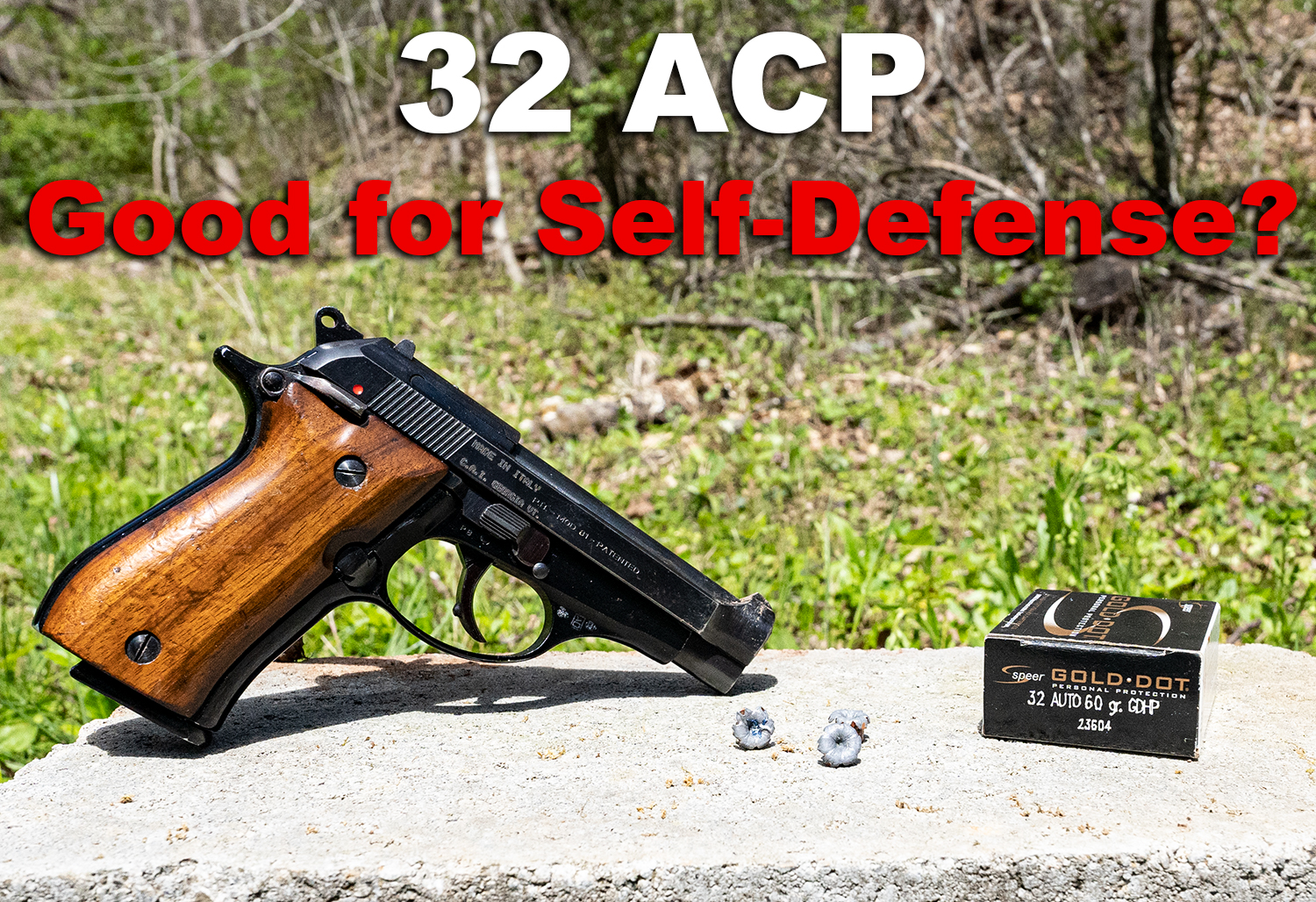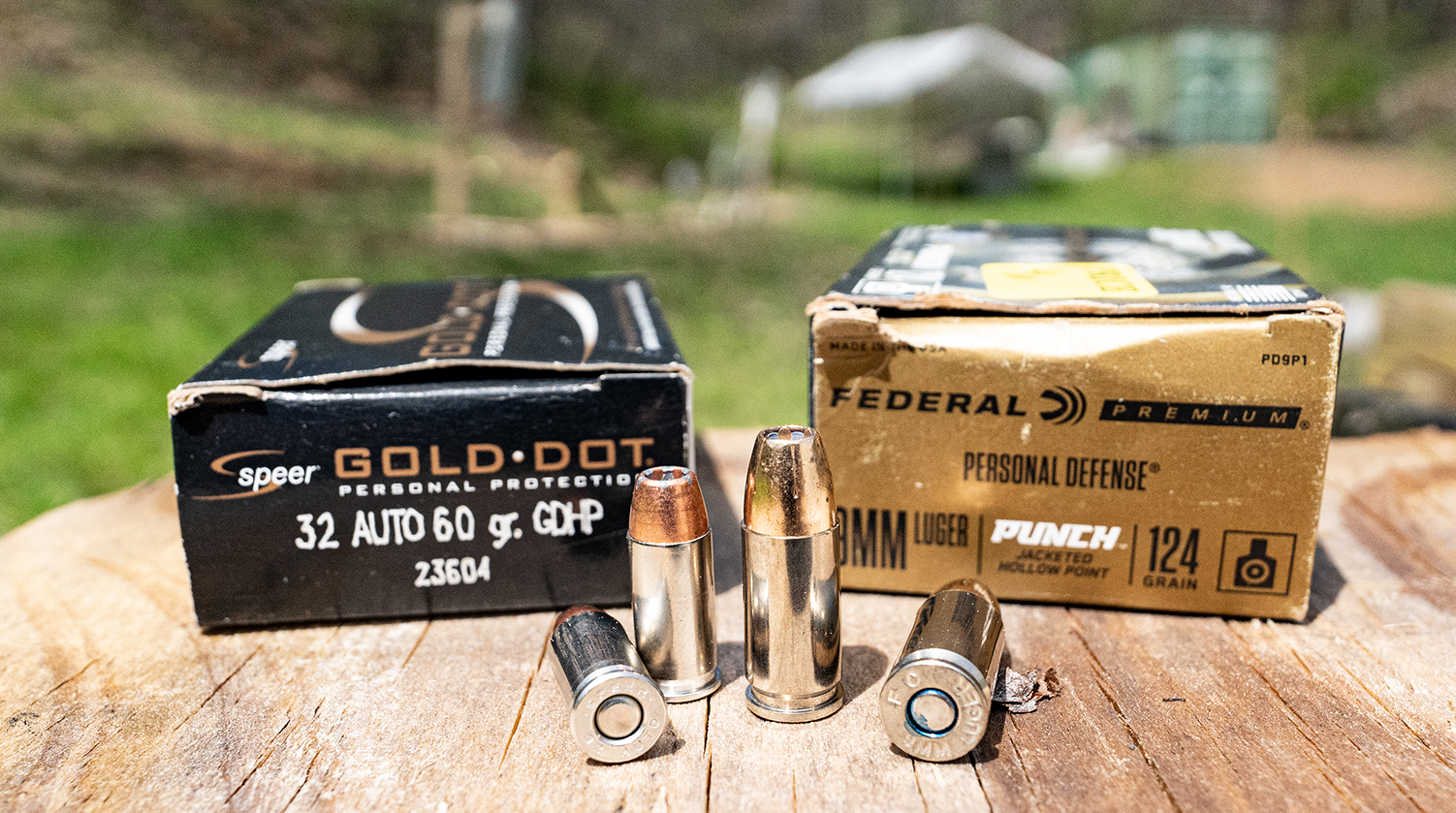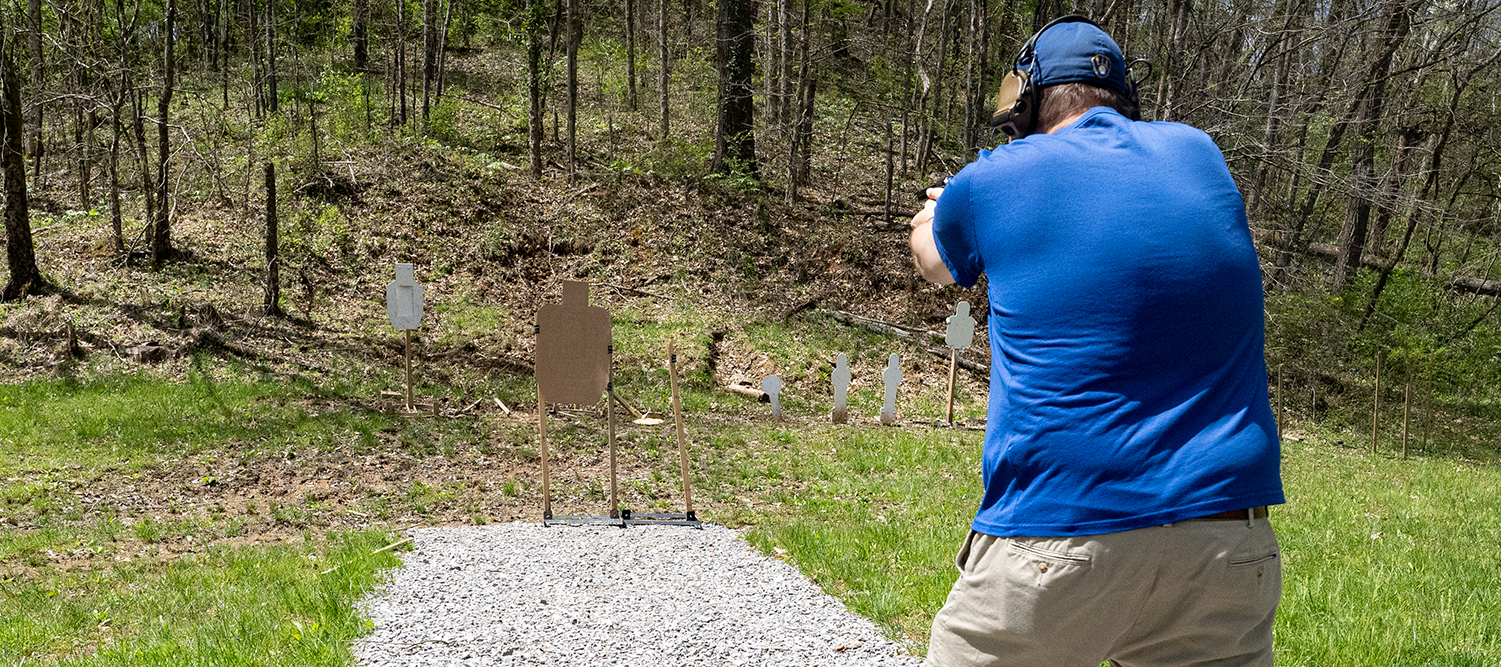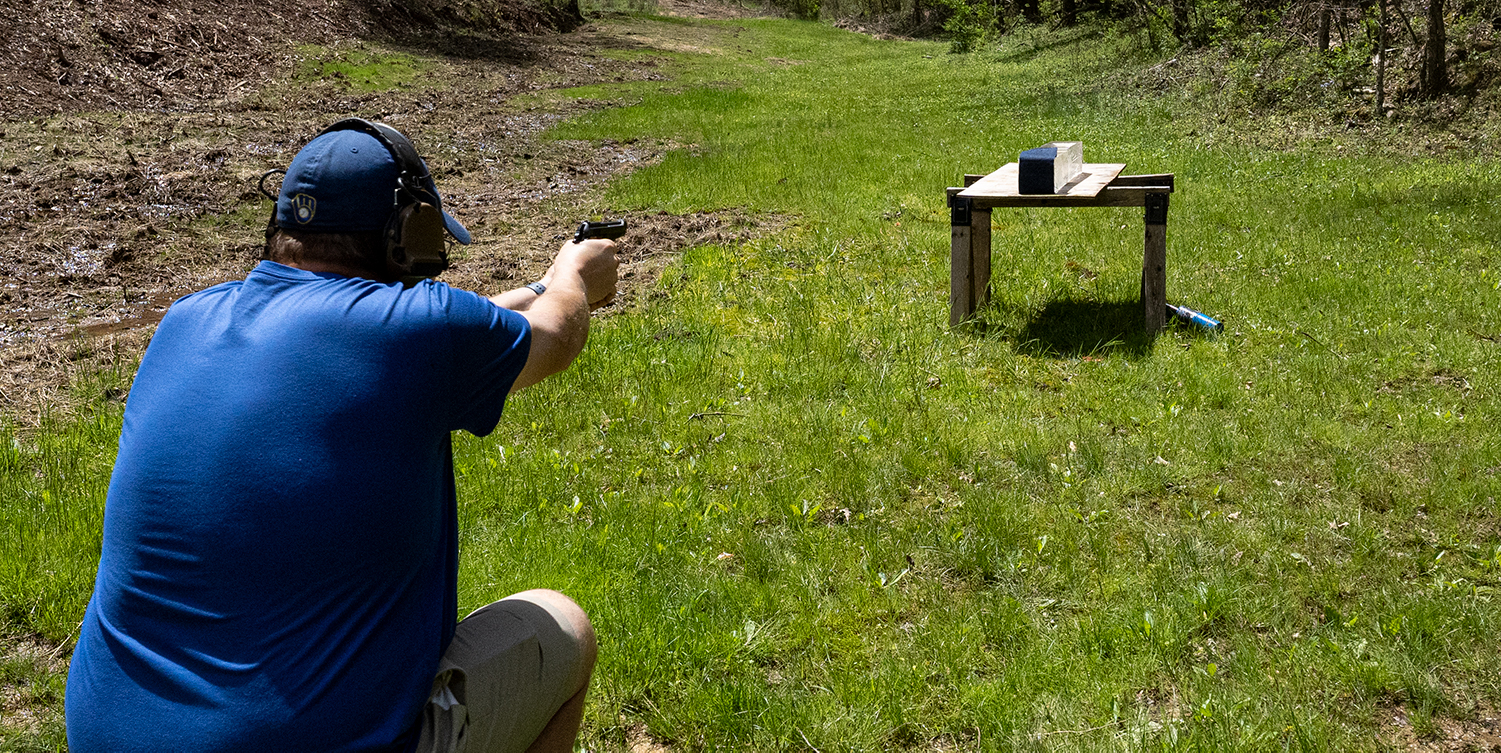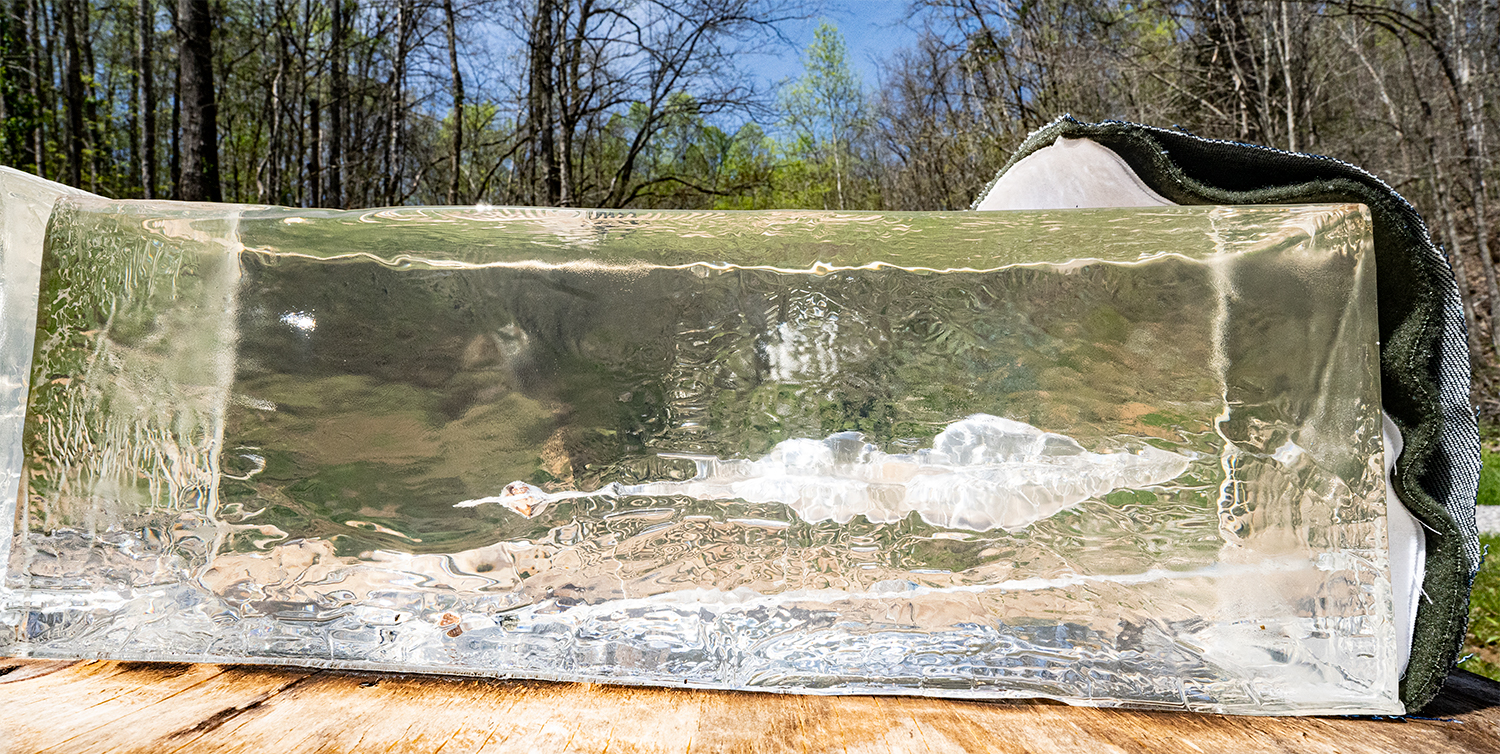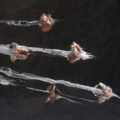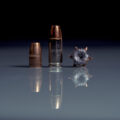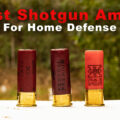The recent rise of pocket pistol popularity has left plenty of shooters wondering about the merits of smaller caliber cartridges for home defense. 32 ACP fits this mold. It’s fairly small and easy to conceal but does it pack enough defensive power to make 32 ACP for self-defense a good choice? Looking to buy 32 […]
The recent rise of pocket pistol popularity has left plenty of shooters wondering about the merits of smaller caliber cartridges for home defense. 32 ACP fits this mold. It’s fairly small and easy to conceal but does it pack enough defensive power to make 32 ACP for self-defense a good choice?
Looking to buy 32 ACP ammo for self-defense? Head here to see our in-stock selection today!
A Brief History Lesson
The .32 ACP was once a favorite cartridge for concealed carry. Although it has mostly fallen out of favor, does this relatively petite cartridge still hold any protective virtues? Let’s take a closer look at this cartridge’s history and its current capabilities.
The .32 ACP (which stands for Automatic Colt Pistol) cartridge was the first pistol cartridge developed by the legendary John Moses Browning. Released in 1899, the .32 ACP was designed by Browning for the FN Model 1900. The FN 1900 was the first pistol ever produced with a reciprocating slide, and it quickly became wildly popular.
A century ago, .32 ACP ammo was the most popular semi-automatic pistol cartridge in use. During the first half of the 20th century, .32 ACP was even widely used by military and law enforcement personnel. It was also popular in the civilian world, where pocket pistols were considered stylish, particularly during the prohibition era.
Walk into a gun store today, and you’ll still find plenty of pocket pistols, but you’ll be hard-pressed to find many chambered in .32 ACP.
What happened to the .32 ACP?
.380 Auto happened.
The .32 ACP was definitely the cool kid on the block for much of the early 1900s. However, its popularity slowly withered once its cousin, .380 ACP, busted onto the ammunition scene.
Most shooters agree that 380 ACP ammo is a more capable cartridge, which explains why .380 Auto absolutely exploded, replacing .32 ACP as the most common pocket pistol chambering.
The .32 ACP hasn’t totally disappeared. However, today,.380 pistols outnumber .32 pistols by about one hundred to one.
Disadvantages of 32 ACP for Self-Defense
There are plenty of valid reasons .32 ACP has almost gone the way of the dinosaur. Here are a few of the main arguments against using this little cartridge for modern self-defense.
Bigger is Better
Most self-defense experts claim 9mm is the minimum caliber effective for self-defense. Some only begrudgingly add .380 ACP (which is technically a 9mm short) to the list, but mostly for deep concealment or recoil sensitive shooters.
The .32 ACP is rarely included in the conversation, despite its historied use as a self-defense cartridge.
Although the .32 ACP definitely has merit over .22 LR for personal protection, it is far from a shining star. Small caliber projectiles produce smaller wound channels. With less tissue devastation, it can take more than several center-mass shots to eliminate a threat.
Every round in the air increases the possibility of collateral damage, while the threat reduces the distance between you. That means the fewer rounds you need to fire to “get the job done,” the better.
Rim Lock
The .32 ACP is a “semi-rimmed” cartridge. That means the rim is slightly wider than the case.
Semi-rimmed cartridges, like the .32 ACP, sit on top of each other inside the magazine, with the rim of each case resting in the recess of the case underneath it. If the top round slips slightly behind the next round in the mag, problems arise. Even a slight misalignment can cause a round to hang up by the rim, preventing the gun from cycling properly.
Shooters can minimize the risk of rim lock by carefully loading their magazines. Rim lock also seems to be more common with hollow point ammo than with FMJs.
Advantages
That’s not to say there aren’t advantages to the .32 ACP. Contrary to the critics, and despite its decline in popularity, the cartridge does have benefits.
Good Things (Sometimes) Come in Small Packages
Believe it or not, there are advantages to small handguns, and the biggest is obviously concealability. Since convenience is a major factor in concealed carry, small pistols like most models chambered in .32 ACP earn more than a few extra points.
While there are larger .32 handguns out there (I’m looking at you, Beretta 81 and CZ-83), most are built for deep concealment (like the Walther PPK of James Bond fame).
While many self-defense shooters sing the praises of large caliber handguns (like .45 ACP), these hefty cartridges require hefty handguns. A large handgun is necessary to effectively handle the extra energy produced by bigger cartridges. While it isn’t impossible to get your hands on a sub-compact .45, that baby is going to be seriously difficult to control. It simply isn’t practical to shrink down a .45 handgun to micro proportions. Doing so also results in a significant loss of round count. Squeezing more than a few .45 rounds onboard a smaller, easy-to-conceal frame just isn’t possible.
Mild Recoil
The .32 ACP is a relative pussycat when it comes to recoil energy. Although the cartridge is usually shot from lightweight, micro-compact handguns (and gun weight is a major factor in felt recoil), .32 ACP is still incredibly easy to handle.
32 ACP produces about 1.7 ft/lbs of recoil energy when fired from a one-pound gun. That is vastly different from the 7.4 ft/lbs of the standard 9mm, the 10.6 ft/lbs of the .40 S&W, and the 7.9 ft/lbs of the .45 ACP.
Mild recoil allows for more confident shooting. It also allows shooters to recover quickly and make faster, more accurate follow-up shots. And rapid, accurate shot placement is essential when shooting smaller caliber loads.
Going Deep
While plenty of folks focus on caliber and that ethereal thing called “stopping power,” there are other elements to the self-defense equation. One of the most important is penetration. In self-defense situations, it doesn’t matter how large a bullet is if it doesn’t drive deep enough to touch vital organs.
The FBI has set the standard penetration performance for personal protection rounds at 12 to 18 inches in 10 percent ballistics gel. According to experts testing ammo in controlled laboratory environments, this depth provides the best chance of producing deep enough wounds in living tissue to stop a violent attack.
Most .32 ACP FMJ ammo will meet FBI protocols at common self-defense distances. However, FMJ loads do not expand in soft tissue, which means you’re limited to the original .3125-inch diameter.
While any projectile punching through vitals can deliver a fatal blow, sometimes fatality is long in coming. On September 6, 1901, President McKinnley was shot twice in the stomach with a .32-caliber Iver Johnson revolver.
McKinnley eventually died of his wounds, but not until eight days later, on September 14.
Some Gun is Better Than No Gun…or Something Like That
It’s a relatively weak argument, but still worth mentioning. Any gun on you, even a mouse gun chambered in .32 ACP, is better than the hand cannon left at home.
The first rule of gunfighting: Have. A. Gun.
According to GunFacts.org, “Of the 2,500,000 times citizens used guns to defend themselves, 92% merely brandish their gun…to scare off their attackers.”
That means in most situations, it doesn’t matter exactly how your defensive loads perform in soft tissue. Instead, the mere presence of a firearm is enough to end a potentially life-threatening altercation.
However, in some situations, attackers are hell-bent on violence. In these situations it could take a few rounds burning through muscle and organs to eliminate the threat. In these situations, having a firearm with cartridges capable of producing massive devastation could be your only chance of escaping alive.
Choosing .32 ACP Ammo for Self-Defense
While ammo featuring expanding bullets are usually favored for personal protection applications, many .32-caliber hollow point loads fizzle out before they can reach vital organs. That’s why many self-defense experts support loading small caliber pocket pistols with regular ball ammo, like good, ole reliable Winchester White Box or Remington UMC.
If you want to take things up a few notches, Buffalo Bore makes +P .32 ACP loads topped with flat nose, hard cast projectiles. The company advertises a blistering 1150 feet per second from the muzzle, which is enough to drive those 60-grain bullets plenty deep. However, you should only use modern pistols sturdy enough to stand up to extra pressure, since there are no set SAAMI standards for .32 ACP +P pressures.
Testing Gold Dot 32 ACP
We fired several rounds of Speer Gold Dot 60-grain 32 ACP into ballistic gelatin to demonstrate the caliber’s abilities. Following the model set-up by the Federal Bureau of Investigation, we used 10% synthetic gelatin. From 10 feet out, we fired the Gold Dots into the gel with an NAA pocket pistol with a 2.19″ barrel. We placed a four layer fabric barrier where the bullet entered the gel to simulate clothing on a threat.
Gel Testing Results
We didn’t see a ton of penetration or expansion from the rounds once they came to a rest. On average, we hit just shy of 10-inches of penetration and the expanded Gold Dot rounds didn’t give us much expansion at all, coming in at .33″ maximum width.
We duplicated the test with a longer barreled pistol (3.5″ Beretta). These tests offered similar penetration but did deliver more expansion of the bullet. Our average bullet diameter from the longer barrel was .42″.
From both a penetration and expansion perspective, the 32 ACP performed slightly worse than 380 ACP and considerably worse than the best 9mm ammo for self-defense.
Final Thoughts: 32 ACP for Self-Defense
For practical self-defense purposes, you should always choose the most capable round you can use effectively. For the average shooter, that isn’t going to be the .32 ACP. Despite its butter-soft recoil and easy handling, its terminal performance definitely isn’t something to write home about. If you can opt for a cartridge with a “beefier” projectile, you should do it. And if you can’t quite achieve consistent accuracy, practice until you can.
However, if you are a shooter with a weak grip or major recoil sensitivity, a pistol chambered in .32 ACP is definitely better than pepper spray.
